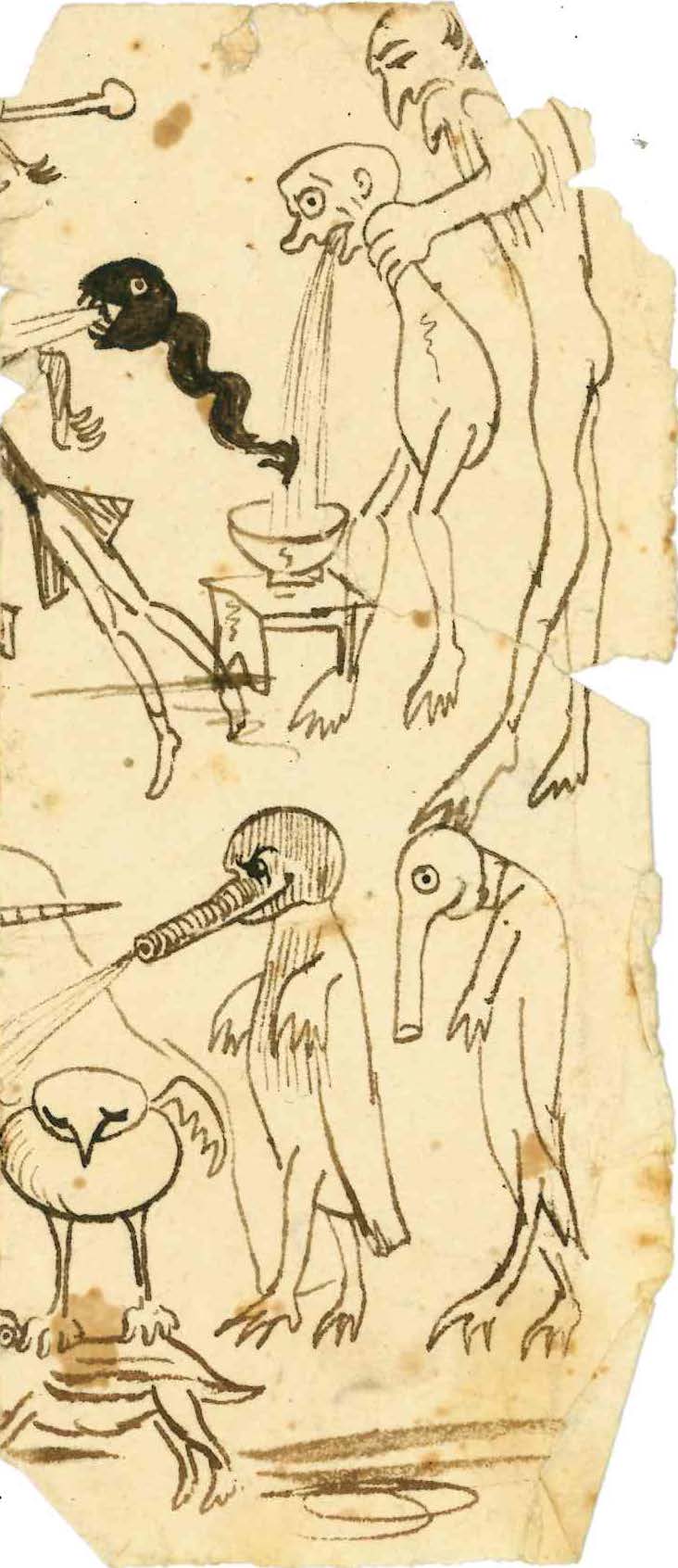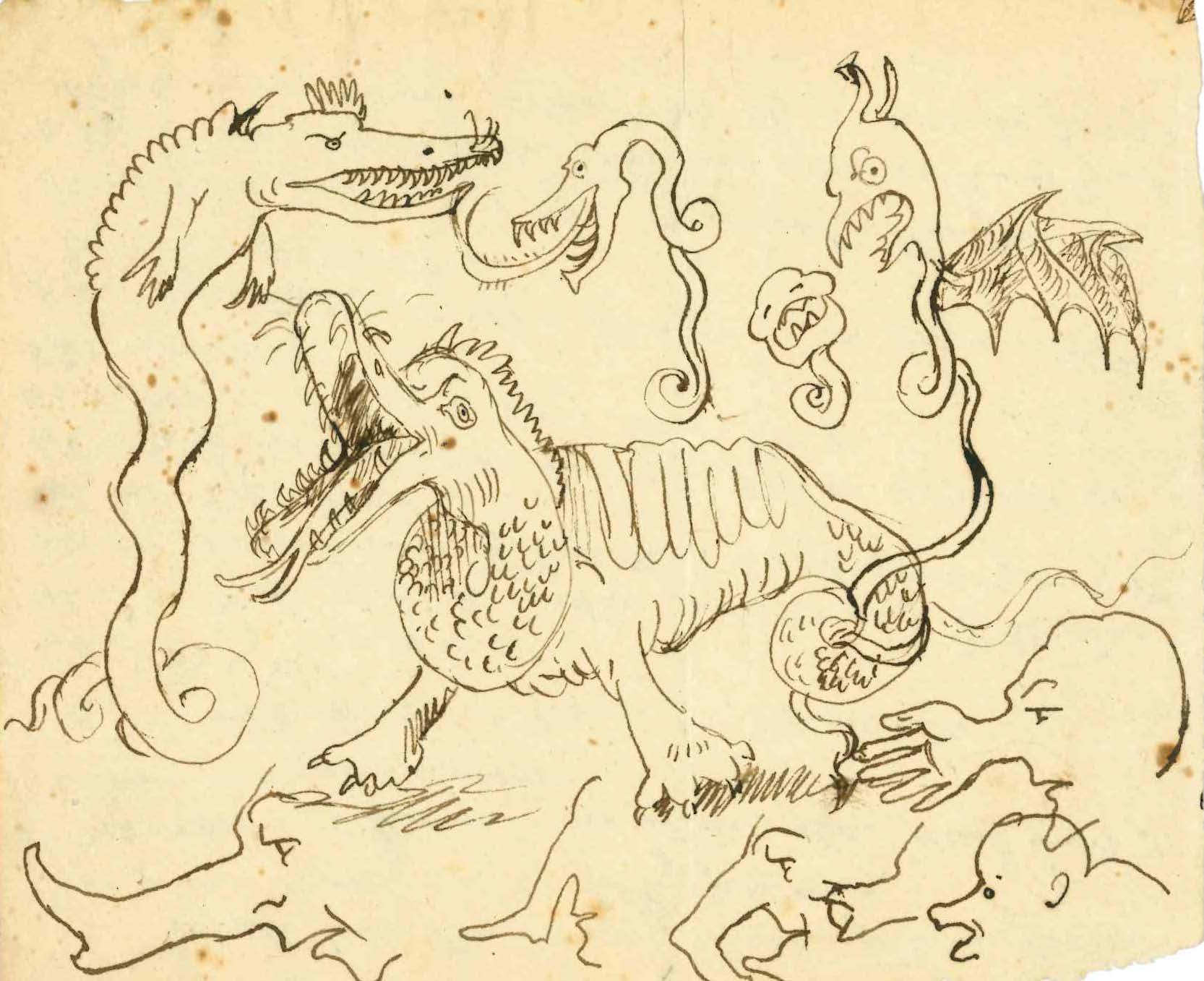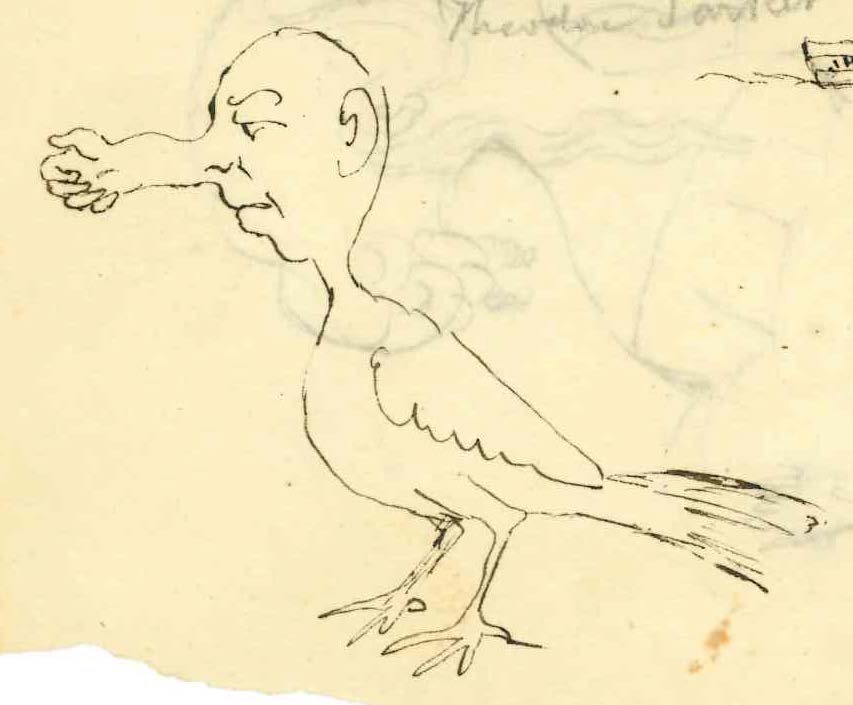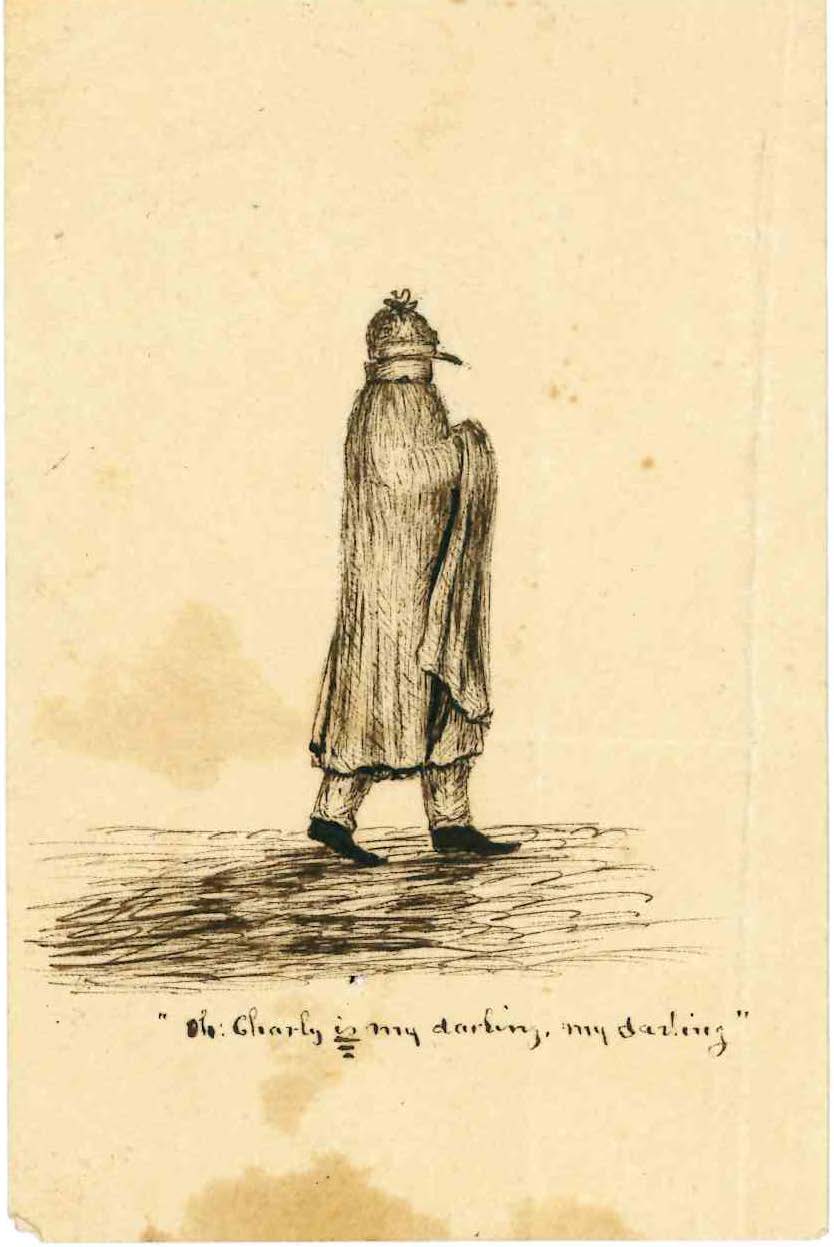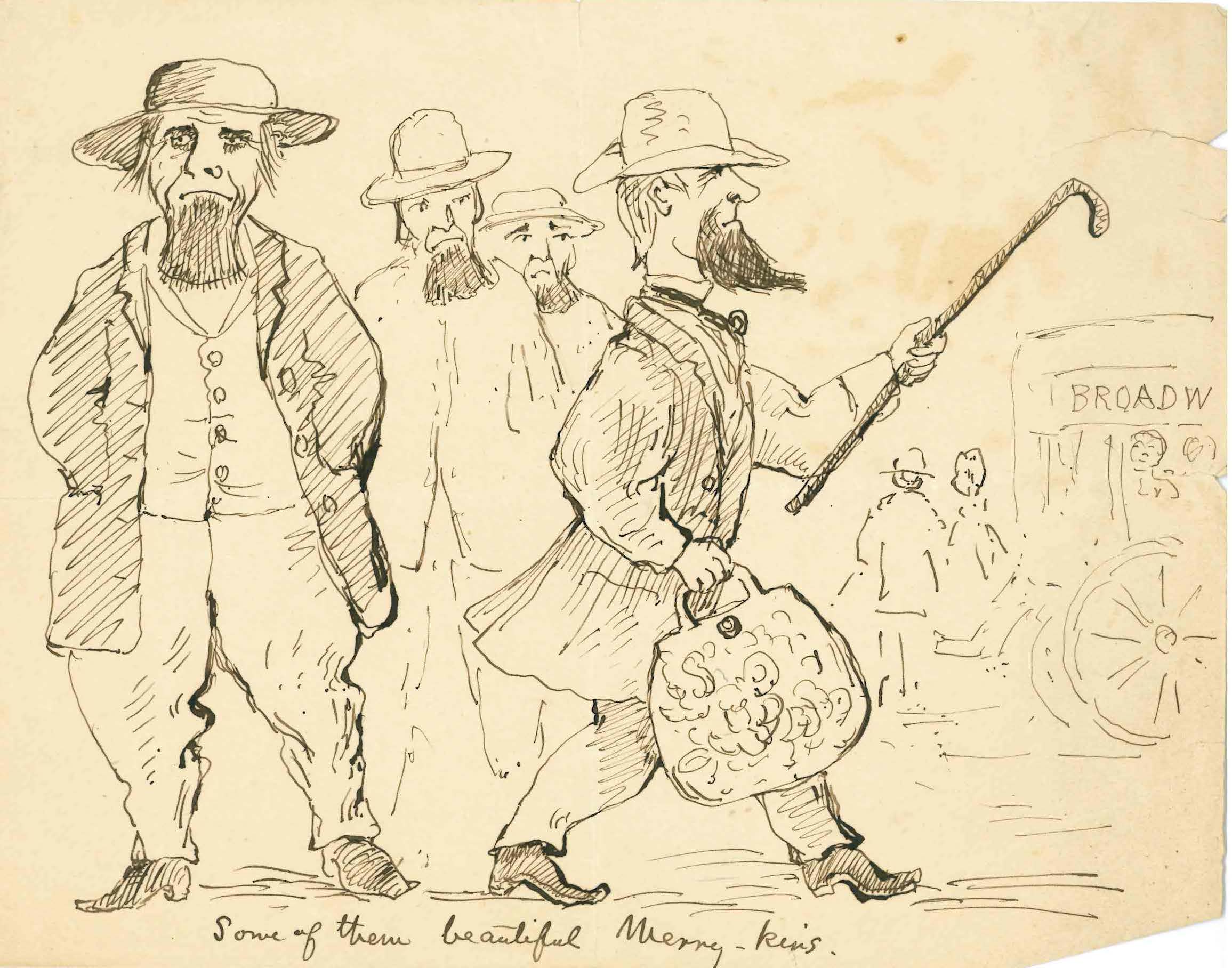By Elaine Heavey, Reader Services
A few weeks ago a writer contacted me looking for material located in the Appleton Family Papers. The writer, Ariel Sabar, was working on a piece for the June issue of Smithsonian Magazine. The focus of the article was the act of taking souvenir clippings from the original Star-Spangled Banner, the flag that flew over Fort McHenry when the British attacked on the evening of 13 September 1814 and inspired Francis Scott Key to compose our national anthem.
Sabar hoped I could locate and provide him with a copy of a letter written to a Georgiana Appleton from a Stephen Salisbury in 1874. The letter, Sabar knew, contained Salisbury’s request for a clipping from the old Star-Spangled Banner. I was dubious, until realized that Georgiana Appleton was formerly Georgiana Armistead, the daughter of Major George Armistead. Major (later Colonel) Armistead, upon taking command of Fort McHenry in 1813, saw to it that an enormous flag was made to be flown over the fort, which he assumed would be a likely British target in the ongoing War of 1812. Sometime in the three years between the inspirational battle at Fort McHenry and Armistead’s death, Armistead came to possess the flag. His daughter Georgiana, who had married into the Appleton family, inherited the flag upon her mother’s death in 1861.
So I spent a bit of time browsing the Appleton Family Papers (our very detailed collection guide helped me narrow my search to 5 folders contained in box 10 of the collection) and my interest was piqued! Even after I located the letter Sabar had requested, I kept reading. I needed to learn more about Georgiana and the flag.
At first glance, what I read both thrilled and slightly horrified the trained archivist in me. I kept reminding myself that the best practice guidelines for preservation of historical treasures we follow today simply did not exist in the mid-1870s. But it seemed that each letter uncovered tales about snipping souvenirs from the flag to give to different parties, shipping the flag off by mail, and schlepping it around from exhibition site to exhibition site. I thought about the stringent guidelines we impose on borrowing institutions when we loan items from our own collection, not to mention the time we invest in doing condition photographs and reports, having insurance appraisals done, hiring professional art movers to transport artifacts, etc., etc. I marveled that the flag survived into the early 20th century, when Appleton’s son, Eben Appleton, gifted it to the Smithsonian, who has worked to preserve the flag ever since.
Starting with a letter written in February 1873 there is a rich correspondence between Georgiana Armistead Appleton and Commodore George Henry Preble. Preble authored a history of the American flag, first published in 1872, and I gleaned from his first letter that Appleton had sent him a list of corrections to his text regarding the Star-Spangled-Banner. Preble promised to correct those errors in the next edition, and then asked that Appleton facilitate his photographing the flag so that he could include an engraving of the original flag in his next edition as well.
Here is where the feeling of horror began to sink in. Appleton agreed to loan the flag so that it could be photographed, and in letter dated 15 May 1873 Preble advised Appleton to “express ‘the flag’ to the address on this letter [the Boston Navy Yard] any time after or about the 1st of June” so that he could have it “hoisted on the Navy Yard Flag Staff & be so photographed.” It was so casual, as if she were lending him a table cloth, not a national treasure.
But when I read a bit deeper, I discovered the horror was a bit unwarranted. In his first letter in February 1873, Preble expressed concern for the flag, stating that such treasures should not remain in private hands and recommending that Appleton deposit her flag at the Military Academy at West Point for long-term safe keeping. And in writing on 9 June 1873 Preble assured Appleton that once he received the flag at the Navy Yard he would see to it that “the banner is carefully preserved,” noting that he will only attempt to have it hoisted at the Navy Yard if its current condition merits it.
Alas, when the flag arrived by express on 11 June, Preble disappointedly found it “too frail & tender” to be hoisted. The next day he informed Appleton that he was having some of the ripped seams restitched, and that he planned to have the flag “hung (out of the wind) against the wall of some one of the Navy Yard buildings” so that the photograph could be taken. Preble was clearly more preservation minded than I had at first given him credit for.
For a period of about three years Preble acted as caretaker to the flag. He arranged to have the Banner, along with two other historical flags he wrote about in his history (the flag of the Revolutionary era USS Bon Homme Richard, and a flag from the USS Enterprise, famous for its involvement in the Tripolitan Wars of the early 19th century) exhibited at the New England Historical Genealogical Society (NEGHS). A one-day exhibition of the relics took place on 9 July 1873. Appleton’s flag remained on display for several weeks after, until, under Preble’s supervision, it was carefully rolled up, placed in a canvas bag, and deposited in the fire proof safe at the NEHGS for safe keeping.
Immediately after the NEHGS exhibition, Preble and Appleton began corresponding about another opportunity to publically exhibit the flag. As early as March 1873 representatives of the Centennial Committee, based in Philadelphia, began contacting Appleton about borrowing the flag for display during the celebration of the centennial in that city. What again seemed a risky venture on the surface, proved that Preble was concerned about the long-term preservation of the flag, as he advised Appleton (on both 12 July and 21 Aug 1873) that if she chose to lend the flag, she should require that it be insured for “$5 or $10,000 dollars” and request a guarantee from the committee that none of it will be sold for relics. He also stressed the importance of ensuring that the flag would be displayed in a manner that prevented relics from being taken by enterprising attendees. Reading through to the letters of 1876, I discovered that Appleton did choose to loan the flag, and that Preble ensured that proper case was taken.
Of course I could not overlook that Preble also wrote of taking snips of the flag, with Appleton’s authorization, to give to this person and that. In fact, there is a receipt in one of the folders, dated August 1873, indicating that a snip of the flag was given as a gift to the NEHGS. But as Sabar points out in his article, the act of flag snipping was common in the 19th century, and Preble does stress in his letters that he takes great pains to take his snippings from areas where they will not be missed. So I can try to forgive this preservation transgression. [Side note: The MHS has its own snippet of the Fort McHenry flag, but it was not gifted to the MHS by Appleton. It was received in 1917, inserted an extra-illustrated edition of Preble’s History of the Flag of the United States of America, that was donated by a Nathan Paine.]
I discovered a number of other interesting letters in the Appleton Family Papers, all of which I am sure could lead to hours of research and future blog fodder. There were multiple letters from individuals seeking clipping from the flag (unfortunately, Appleton did not keep copies of her replies to those requests) and letters from individuals that had written poems and songs about the flag. There was even a letter from the granddaughter of Mary Pickersgill, the woman credited with making the flag, revealing her own poverty, and asking that a sign be displayed with the flag at the centennial to generate donations to support her. But, I must say, the letters from Preble, that not only tell the story of the flag, but offer insight into thinking about preservation issues in the mid-19th century, are the real gem for me.



